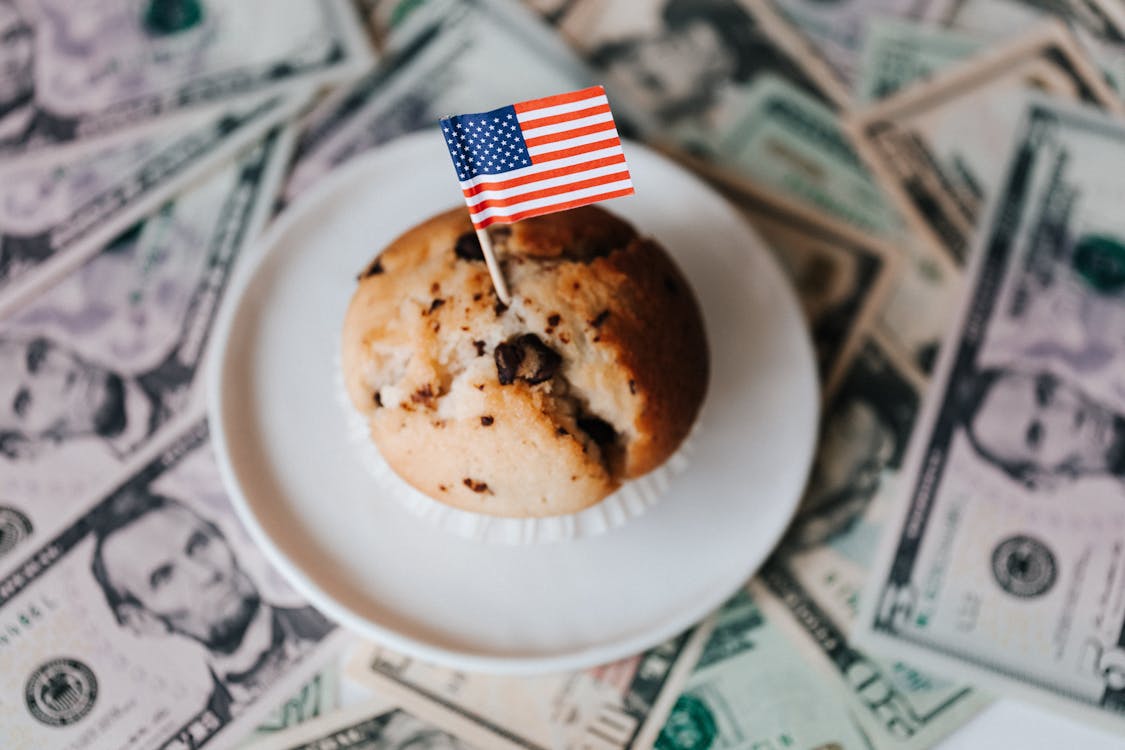America’s K-Shaped Economy

Image Source: Pexels
2025 has turned into an amazing year, financially and economically, by almost every tracked measure.
The Atlanta Fed’s GDP Now model is projecting 4.0% GDP growth for the third quarter of 2025. This signals economic expansion well above the long-term historical average of 3.2% GDP growth.

Source: Federal Reserve Bank of Atlanta
Meanwhile, the S&P 500 has climbed roughly 15% YTD. Gold, despite pulling back over the past two weeks, is still up 53% YTD. And the All-Transactions Home Price Index continues its post-pandemic climb.
(Click on image to enlarge)

Source: Federal Reserve Bank of St. Louis
Even the federal government has scored a modest win, with the enormous federal deficit declining by $41 billion compared to 2024, thanks in part to tariff revenues. Of course, the Supreme Court could unwind that, as it considers the legality of the Trump administration’s application of tariffs.

Source: Treasury.gov
By these measures, Americans are doing exceptionally well—if you have assets.
For those without assets to appreciate, the picture looks different. If you are early in your career or living paycheck-to-paycheck, there are just as many statistics to show that all is not well.
Chipotle, which once seemed bulletproof, reported Q3 earnings that fell short of expectations. CEO Scott Boatwright pointed to a troubling pattern: the company’s core demographic of 25-to-35-year-olds is eating out less.
“This group is facing several headwinds, including unemployment, increased student loan repayment, and slower real wage growth,” Boatwright told investors. “We’re not losing them to the competition. We're losing them to grocery and food at home.”
Sweetgreen and Cava saw similar declines.
Now, maybe you don’t feel sorry for millennials who cannot afford $20 salads for lunch. I get it.I ate PB&J sandwiches twice a week when in my 20s. To be honest, I still have one a week—so good! Jared Dillian would bring can of beans for his lunch at Lehman.
The story gets bleaker when you look at car repossessions. According to Cox Automotive, lenders seized approximately 1.73 million vehicles in 2024, up 16% from the prior year and 43% from 2022. Current projections indicate as many as 3 million vehicles could be repossessed by the end of 2025. That puts repo rates at levels not seen since 2009.
How is this all true at once?
We are living through what Torsten Slok of Apollo Global Management calls a K-shaped economy, with the two arms of that K moving in radically different directions.
If you own stocks, gold, or real estate, 2025 has been remarkable. Your portfolio is up significantly. You’re earning 4% to 5% on cash. Your home has likely appreciated. The dividends keep rolling in. The economy, from this vantage point, looks fantastic.
For those who rely on their paycheck to get through the month, lack savings, and turn to credit cards for the unexpected, the economic outlook is increasingly desperate.
High interest rates that benefit savers are hurting borrowers. For new car loans, the average interest rate is near 7% and the average monthly payment is $749. Adding to the blow, average new car prices topped $50,000 for the first time ever last month. For someone earning $65,000 annually, that’s an impossible math problem.
Meanwhile, student loan payments have resumed after years of pandemic forbearance. And outstanding credit card balances are up 5.75% year-over-year, rising by $24 billion in Q3 to $1.23 trillion, according to data from the New York Fed.
We discussed the high youth unemployment rate a few weeks back: it reached 10.5% for 16-to-24-year-olds in August—nearly three times the rate for millennials and Gen X.
We’re in a peculiar moment where the economy is both exceptional and troubled, depending on your age and starting position.
The results of this week’s mayoral election in New York City were a shock to many. I think it was a result of the K. Voters are seeking an alternative, because a huge percentage of them are not sharing in the American Dream. This is not a new story. If anything, it seems to be getting worse.
We are entering an unusual set up, where we could simultaneously have an expanding economy and rising unemployment. AI is both a productivity booster and a risk to entry-level jobs. If companies continue to post earnings growth while reducing headcount, their profits go up. Torsten’s “K” will get bigger.
From a macroeconomic and societal perspective, this is a concerning development. The message out of New York may be a warning shot.
More By This Author:
The Fed’s New Normal: A Jumbo-Sized Balance Sheet
Unemployment’s Slow Burn
Japanification—Coming To America by 2031?



